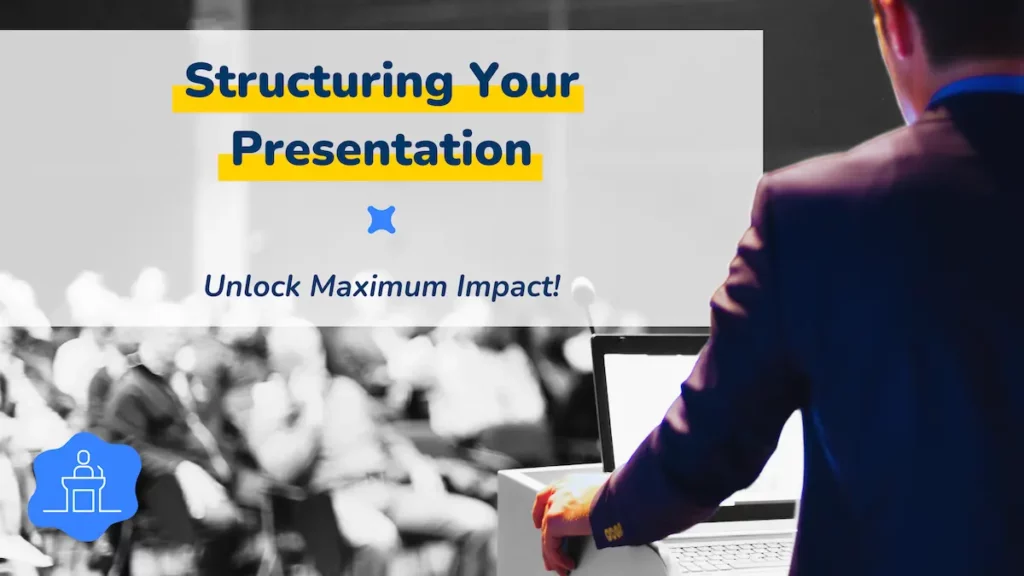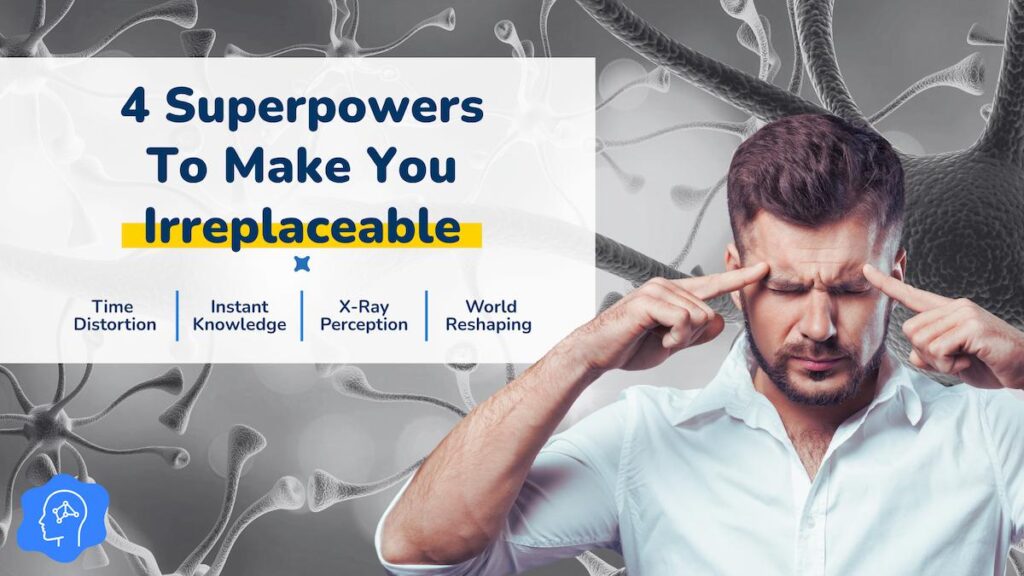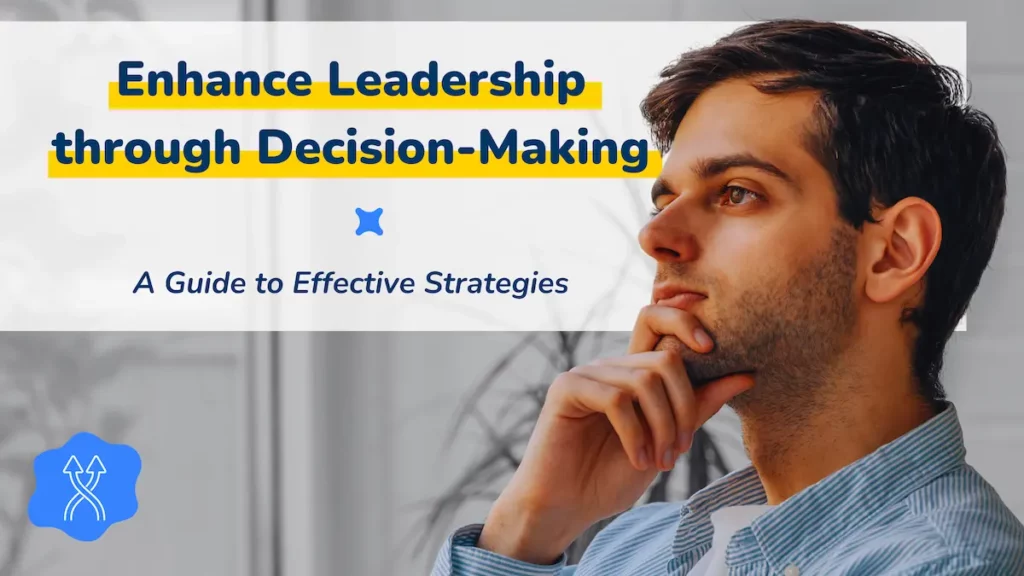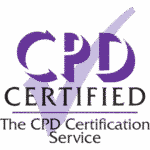In the realm of professional and personal communication, the structure of your presentation can significantly impact its effectiveness. A well-organised presentation not only conveys your message clearly but also keeps your audience engaged and responsive. This blog post delves into the critical aspects of structuring your presentation, drawing insights from the chapter “Presentation Skills” in the book Genius by Choice. By mastering the art of structuring, you can enhance your delivery and achieve your communication goals with confidence.
The Importance of Clarity When Structuring Your Presentation
Why Structure Matters
A clear and logical structure is the backbone of any effective presentation. It ensures that your audience can follow your train of thought and grasp the key points without confusion. A well-structured presentation also helps you stay organised and focused, reducing the likelihood of rambling or losing track of your message.
Universal Principles of Structure
Regardless of the nature and length of your presentation, some principles of structure are universal:
- Introduction (Take Off): Begin by outlining what you will cover. This sets the stage and prepares your audience for what to expect.
- Main Content (Cruise): Dive into the core of your presentation, elaborating on key points with supporting evidence and examples.
- Conclusion (Landing): Summarise the main points, reinforcing your message and leaving a lasting impression.
Creating a Clear and Logical Flow
Organising Your Content
To maintain a clear flow, your presentation should follow a logical sequence. Start with the big picture and gradually narrow down to specific details. This approach helps in building a coherent narrative that your audience can easily follow.
Templates and Mind Maps
Using templates and mind maps can significantly aid in organising your content. Templates provide a predefined structure, ensuring that all essential elements are covered. Mind maps, on the other hand, help in visualising the connections between different points, making it easier to see the overall structure.
Giving and Receiving: The Core of Communication
Focusing on Value
When structuring your presentation, always focus on what you can give to your audience. This could be valuable information, insights, entertainment, or inspiration. By prioritising the value you provide, you shift the focus away from your own performance anxieties and towards the needs of your audience.
The Give-and-Receive Dynamic
Effective presentations are a two-way street. While you give valuable content, you should also be prepared to receive feedback, questions, and reactions from your audience. This dynamic interaction enriches the presentation and makes it more engaging.
Breaking the Ice and Engaging Your Audience
Starting Strong
The beginning of your presentation is crucial for setting the tone and establishing rapport with your audience. Use techniques such as storytelling, asking a thought-provoking question, or sharing a surprising fact to grab their attention and break the ice.
Interactive Elements
Incorporate interactive elements such as Q&A sessions, polls, or group discussions to keep your audience engaged. These interactions not only make the presentation more dynamic but also provide valuable feedback that can enhance your delivery.
Structuring for Different Goals
Aligning with Your Communication Goal
Your presentation structure should be tailored to align with your specific communication goal, whether it is to inform, persuade, entertain, or inspire. Each goal requires a different approach:
- Informing: Present data and facts in a clear, concise manner.
- Persuading: Build a compelling argument with evidence and emotional appeal.
- Entertaining: Use anecdotes, humour, and engaging visuals.
- Inspiring: Share personal stories, visionary ideas, and motivational content.
Adapting to Your Audience
Consider the preferences and expectations of your audience when structuring your presentation. A formal business presentation will differ significantly from a casual talk to a community group. Tailoring your structure to your audience ensures that your message resonates effectively.
Using the Helicopter Technique
Understanding the Helicopter Technique
The Helicopter Technique is a powerful method for structuring your presentation. It involves starting with a broad overview (the view from up high), narrowing down to specific details (the view from the ground), and then broadening out again to summarise the key points (the view from up high again).
Practical Application
For example, if you are presenting on a new business strategy, begin with the overall market trends and opportunities (broad), delve into the specifics of your strategy and its implementation (narrow), and conclude with the expected outcomes and benefits (broad).
The Role of the Iceberg
Building a Strong Iceberg
In the context of presentations, the iceberg symbolises the depth of your knowledge. While only a small portion of your knowledge is presented (the tip of the iceberg), the depth of your understanding (the hidden part) supports your confidence and ability to answer questions.
Enhancing Your Iceberg
To build a strong iceberg, invest time in thorough research, reading, and studying your topic. The more you know, the more confident you will be during your presentation, and the better you will be able to handle any questions or challenges that arise.
Structuring your presentation effectively is key to delivering a clear, engaging, and impactful message. By understanding the importance of structure, organising your content logically, focusing on value, and engaging your audience, you can enhance your presentation skills and achieve your communication goals. Remember, a well-structured presentation not only conveys your message effectively but also leaves a lasting impression on your audience.
FAQs
Why is a clear structure important in presentations? A clear structure ensures that your message is conveyed effectively, keeping your audience engaged and helping you stay organised and focused.
How can I create a logical flow in my presentation? Organise your content from broad to specific, use templates and mind maps, and follow a clear sequence of introduction, main content, and conclusion.
What are some tips for engaging the audience? Start with a strong opening, use interactive elements like Q&A sessions and polls, and focus on providing value to your audience.
How can I tailor my presentation structure to different goals? Align your structure with your specific communication goal, whether it is to inform, persuade, entertain, or inspire, and adapt to the preferences of your audience.
What is the Hourglass Technique in presentations? The Hourglass Technique involves starting with a broad overview, narrowing down to specific details, and then broadening out again to summarise key points.
Why is it important to build a strong iceberg in presentations? A strong iceberg represents the depth of your knowledge, which supports your confidence and ability to answer questions, making your presentation more effective.








